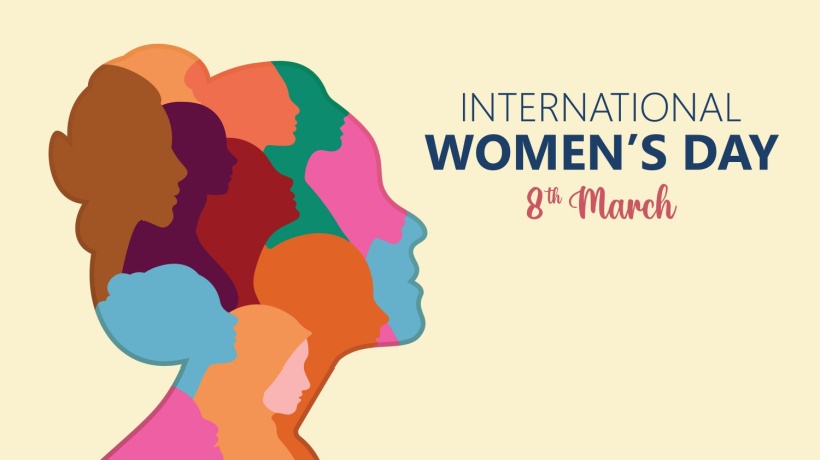Women's Professional Development: Women, Learn To Earn (More)!
The world celebrated International Women's Day on the 8th of March. A week on, the sentiments of gender parity and equal pay still remain strong in our hearts and minds. And why not? After all, among the several assets that every organization has, one of the biggest is its female workforce. Most companies are now rapidly understanding that women are a vital source of economic growth and how having women in top leadership positions can lend a competitive edge to the organization.
Research by the likes of Catalyst, McKinsey, and Deloitte among others has shown that having women at the forefront can bring in more innovation, scaled up productivity, and better financial performance for the company. Currently, though, the news isn’t that cheerful when it comes to women in leadership positions because in US Fortune 500 and 1000 companies women occupy only 16.9% of board positions, 14.6% of C-suite positions and only 4.6% of CEOs are women.
A study last year by LeanIn.Org and McKinsey & Company, titled Women in the Workplace 2017, looked at the HR practices and pipeline data of 222 companies employing more than 12 million people. It revealed that women remain significantly underrepresented in the corporate pipeline. At the entry level itself, fewer women than men are hired, and then at every subsequent step, the representation of women declines even further. Only 1 in 5 C-suite leaders is a woman. By the time women reach the SVP level, they hold only 21% of the line roles. This is critical because the vast majority of CEOs come from line roles.
Bottomline: There just aren’t more women in upper management leadership positions, and that is alarming!
Over the years, the invisible barrier that stopped women from advancing at workplaces has been collectively referred to as the ‘Glass Ceiling’ phenomenon. However, the point is that it is time women (not just a handful, but every single one) take things into their own hands and prepare themselves to meet challenges. There are some critical factors, though, that every woman needs to have for career and leadership success, independent of "glass ceiling" issues. One of the top factors is lifelong learning. Women who are highly successful, score over others in this aspect. They are lifelong learners, and this has been a significant contributor to their career and leadership success.
But What Is Lifelong Learning?
What does lifelong learning mean, anyway? It means being continuously curious about several topics. Lifelong learners strive to seek information from different sources all the time. It gives them an advantage over others in the form of better ideas and actions. Lifelong learners have an insatiable appetite to know about not just the things that directly concern their work, but also about several other areas that enrich them. They are known to constantly expand their horizons and spend a lot of time gathering information, increasing their knowledge, and learning new things that support their career and leadership growth. Highly successful women use many avenues to engage in lifelong learning.
So, what role can an organization play in encouraging their women employees to develop this lifelong learning ability? How can they ensure that the women (in all positions) are equipped enough to climb the corporate ladder with the right Learning and Development opportunities?
How Technology Encourages Lifelong Learning
Here are a few ways of doing this through tech-enabled approaches:
1. Providing Access To Continuous Learning
For most women, the real task is balancing their professional and personal lives. With legion things to do, it helps if women get an opportunity to learn more through flexible learning models which leverage technology to provide access to learning/training, such as eLearning. Another good option is mobile learning (aka mLearning) that focuses on providing bite-sized learning content which can go a long way in creating anytime-anywhere learning moments for female employees. Companies can look at adapting a Learning Management System (LMS) and leverage its various features like social/informal and collaborative learning that encourage and provide constant learning opportunities.
2. Designing Customized Learning
Learning content is more effective when designed keeping in mind the competencies and individual requirements of women employees. Companies need to look at providing an individualized learning experience by offering flexible, customized learning, and the ability to transfer and apply knowledge in professional life. Personal learning paths are strong features of Learning and Development programs, and it is important to provide such a learning experience as per roles, functions, career levels, etc.
3. Offering On-The-Job Performance Support
Performance Support comprises tools or learning aids to help employees with on-the-job support at the "precise" moment of need. They are available to support and guide learners, by virtue of being directly embedded into their learning workflow, as they actually go about their jobs. Mostly powered by mobile devices, Performance Support Tools (PSTs) can take on the avatar of Knowledge Reinforcement Tools (KRTs), On/Off Sync apps with Offline (no internet access support) and Sales Enablement Platforms for the on-the-go workforce. All or the right mix of these can provide the necessary impetus to gender diversity by helping women perform better and be more productive at work.
In conclusion, women need to ensure that they are constantly and continuously in the learning phase if they want to climb the corporate rungs and improve their own earning power. But it is also the responsibility of an organization to see to it that their women employees have access to the right learning resources continuously. Gender diversity in workplaces and more women in top management positions can certainly be the result of strong learning strategies adopted by an organization.








